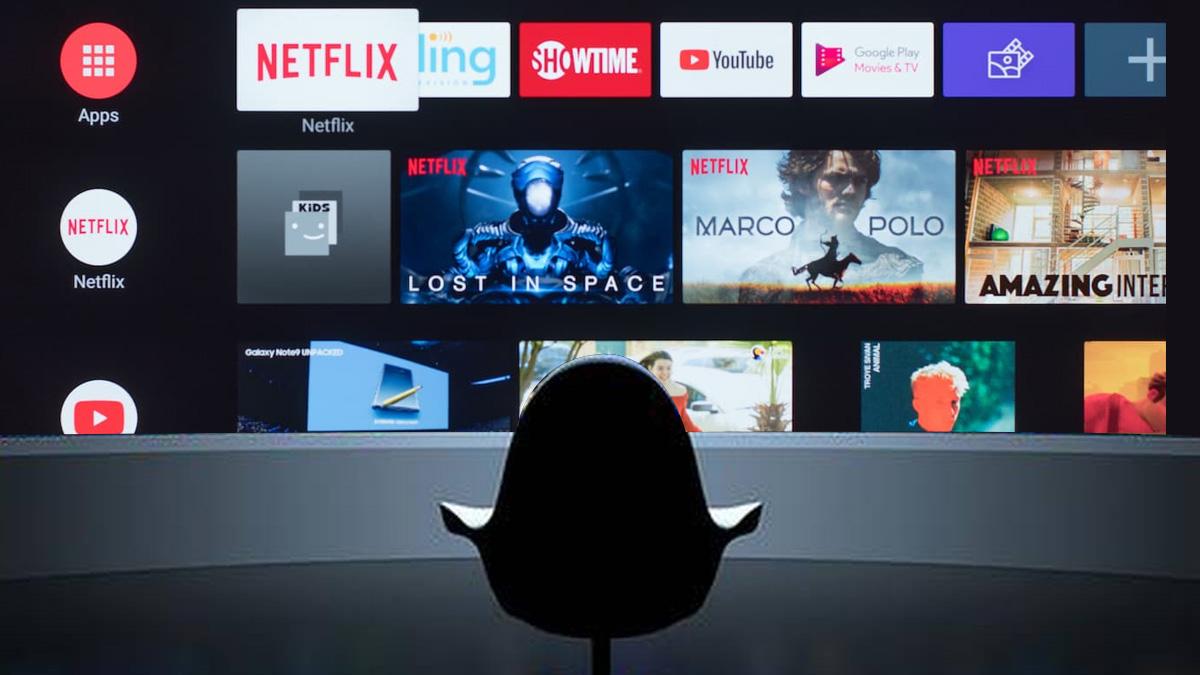How to Shoot a Short Film: Step-by-Step Guide
Film Maker

1. Start With a Strong Idea
Think of a concept that’s simple yet impactful.
Short films typically range from 1 to 20 minutes, so focus on one central conflict or theme.
2. Write a Screenplay
Format your script properly (Final Draft, Celtx, or WriterDuet can help).
Follow the 3-act structure (Beginning – Middle – End), even in a short film.
Keep locations and characters limited to reduce costs and complexity.
3. Create a Storyboard & Shot List
Visualize your scenes through sketches or images (storyboard).
Prepare a shot list to detail the angles, camera movements, and composition for each scene.
4. Plan Your Production
Budget: Estimate costs for equipment, crew, locations, food, and post-production.
Crew: Assemble a small team—Director, DOP (Director of Photography), Sound, Editor.
Casting: Audition or select actors who fit the roles and are available during the shoot.
Locations: Scout and get permission for your shoot locations.
5. Get the Right Equipment
You can start with:
Camera: DSLR, Mirrorless, or even a good smartphone.
Microphone: External mics (shotgun or lapel) for clear audio.
Lights: Natural light or LED panels.
Tripod/Gimbal: For stable shots.
6. Rehearse With Actors
Run through the scenes with your actors before the actual shoot day.
Focus on dialogue delivery, blocking (movement), and emotions.
7. Shoot the Film
Stick to your shot list and schedule.
Capture multiple takes to give options in editing.
Record good ambient sound and room tone.
8. Edit the Film
Use editing software like Adobe Premiere Pro, DaVinci Resolve, or Final Cut Pro.
Focus on:
Clean cuts and transitions
Color correction
Background music and sound design
Adding titles and credits
9. Get Feedback
Show your first cut to a few people you trust.
Use their feedback to improve the final version.
10. Distribute Your Film
Upload it to YouTube, Vimeo, or submit to film festivals and short film contests.
Promote it via social media or platforms like Kinosphere, where industry peers can view and appreciate your work.
? Tips for Success
Keep it short and engaging—one powerful moment can leave a big impact.
Focus on sound quality—bad audio ruins even good visuals.
Be resourceful—use what's available to you creatively.












